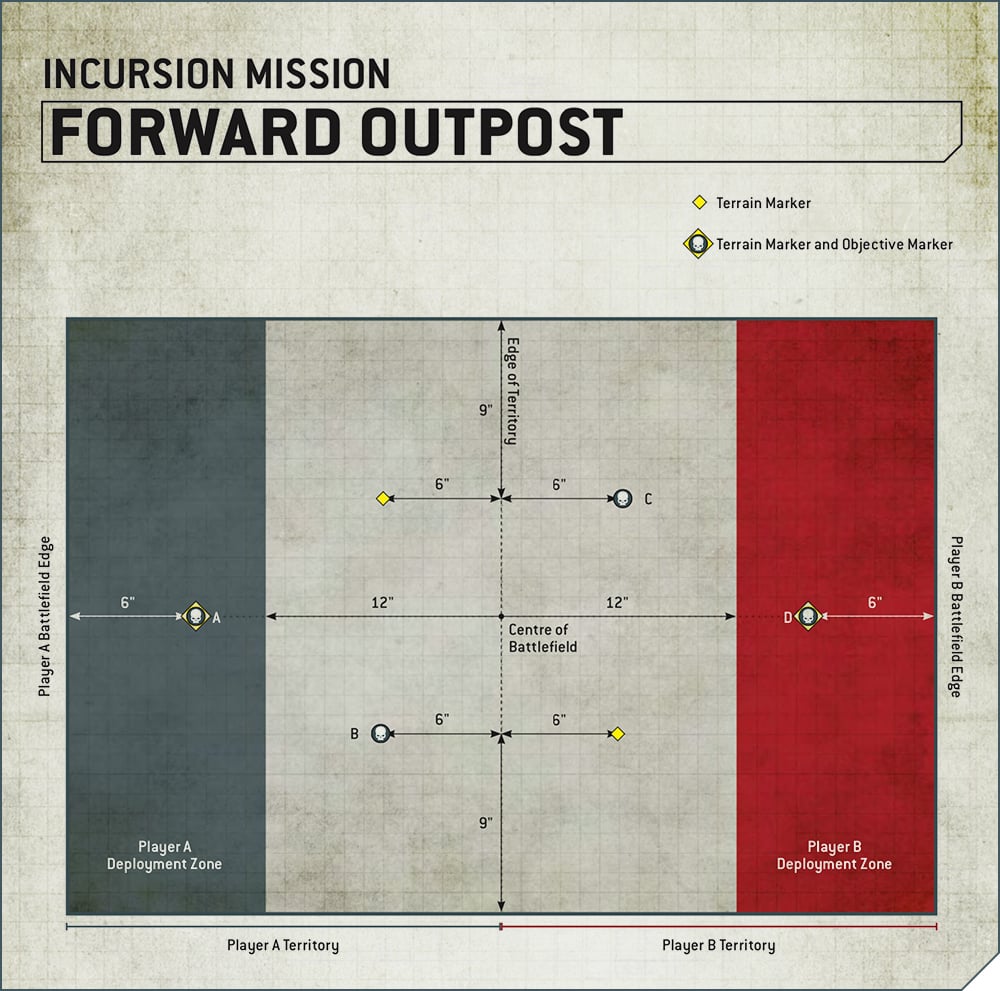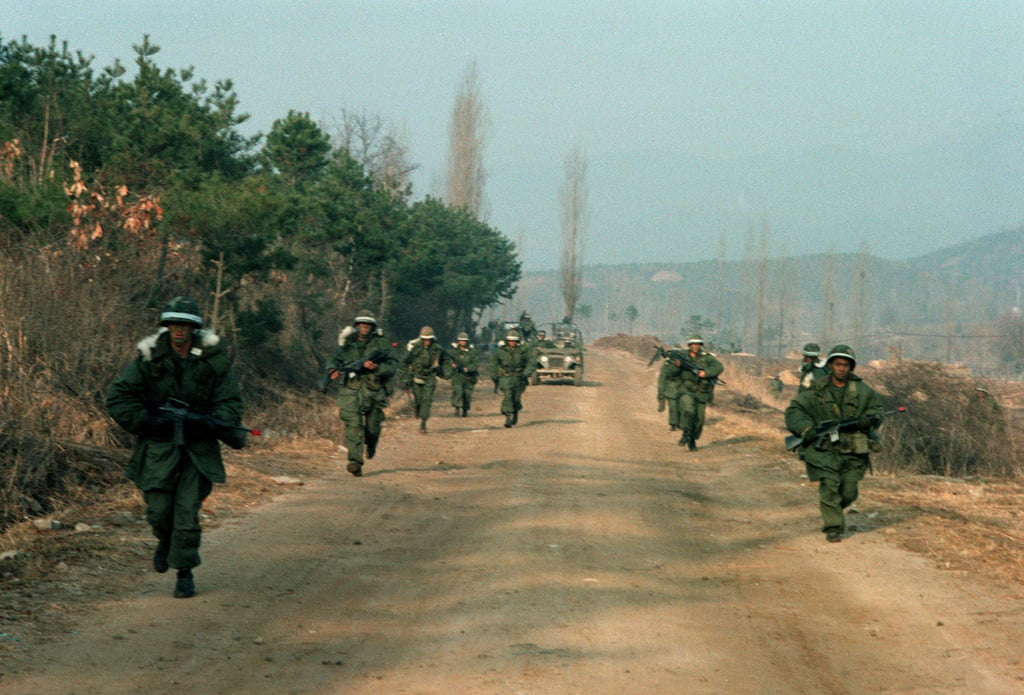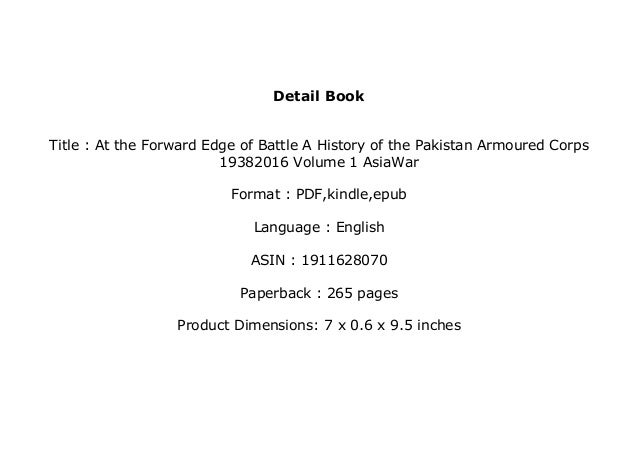

The Unified Quest participants described a “Hyperactive Battlefield” wherein advanced technologies enable dramatically faster, more intense, and lethal operations.2 The Army University Press has established a web site devoted to the future of war called “The New Extended Battlefield.”3 The US Army-Marine Corps Warfighter Talks of May 2017 cited the same phenomenon but – perhaps focused on the compression of the cause and effect linkages rather than their geographical distribution - declared a “Compressed Battlefield.”4 The recently published TRADOC Pamphlet 525-3-6 “The US Army Functional Concept for Movement and Maneuver” cites a “Hyperactive Environment” due to the plethora of technologies, systems, and their interactions. Integrating these sensor / shooter combinations will be holistic, integrated mission command systems that ensure real-time situational understanding, decision making and execution, much of which will be autonomous.” 1Īlthough this forecast is typical of many others, there is no similar consensus on how to name this future battlespace. Similarly, advances in lethal, smart weapons systems, mostly autonomous, and munitions enable precision, real-time, effective attack and destruction of discreet targets in all domains throughout the battlespace. “… sensors are ubiquitous, multi-domain and capable of discreetly and accurately locating and targeting any and everything moving in the battlespace. The following Unified Quest report is representative: There is converging and compelling consensus that significant discontinuities in the character of warfare are imminent indeed, perhaps already upon us.

The Army Staff, particularly DAMO-SS and the CSA’s Strategic Studies Group, has independently examined the future character of warfare.

The Army Capability Integration Center’s (ARCIC) Unified Quest events have addressed similar topics and their implications for future operations. It has updated its Operational Environment forecast with a focus on the future character of warfare. Recent TRADOC G-2’s Mad Scientist projects have explored the Strategic Security Environment, Dense Urban Operations, the future of Cyber Operations, and Robotics, Artificial Intelligence and Autonomy.

Training and Doctrine Command (TRADOC) has adroitly reshaped its ongoing study of the future Operational Environment out to 2050, as well as its Campaign of Learning and 2025 Maneuvers. The Army Chief of Staff GEN Mark Milley has challenged the Army and its external stakeholders to fundamentally reassess their assumptions on warfare’s future character. TRADOC G2 Operational Environment Assessment An Advanced Engagement Battlespace: Tactical, Operational and Strategic Implications for the Future Operational Environment


 0 kommentar(er)
0 kommentar(er)
